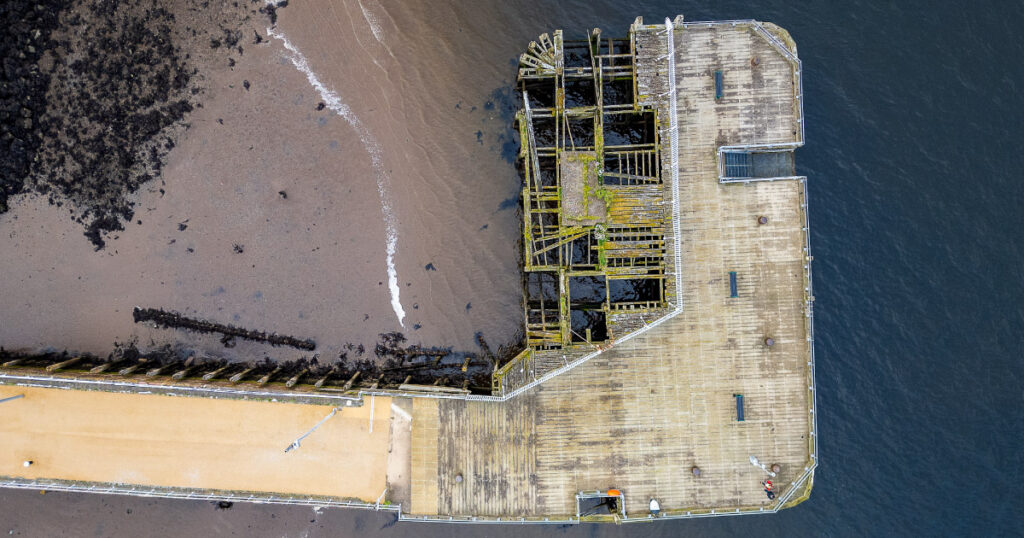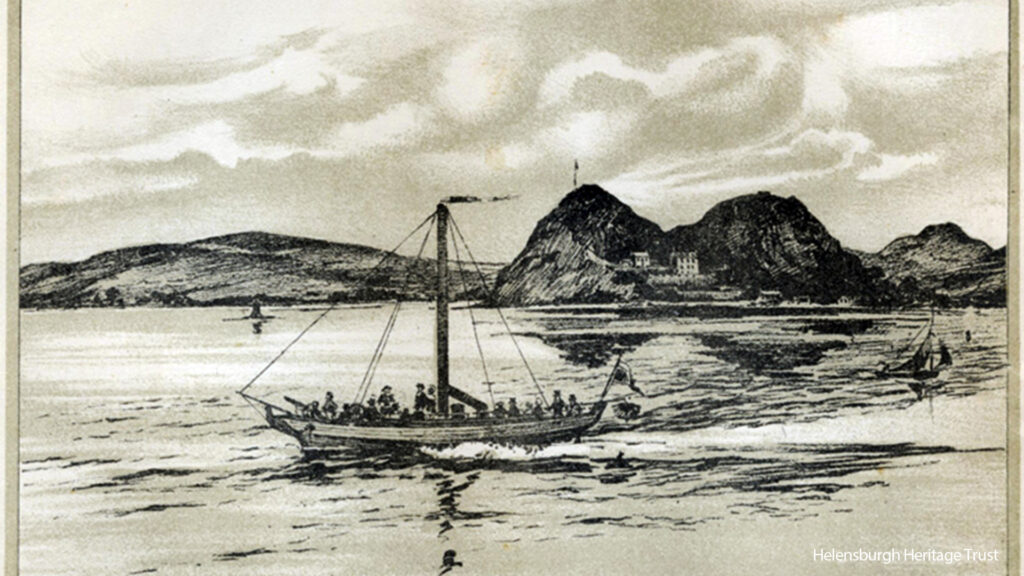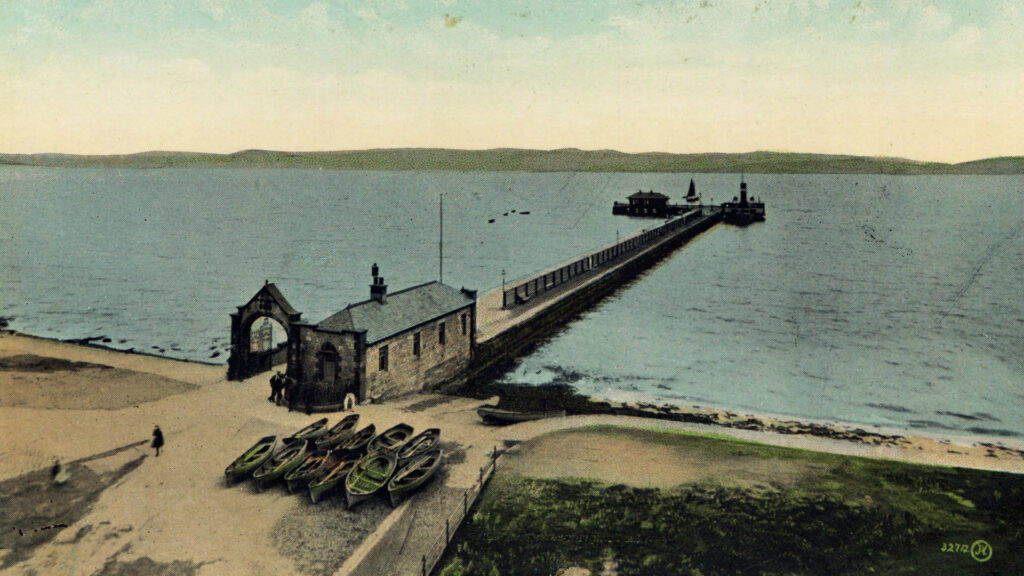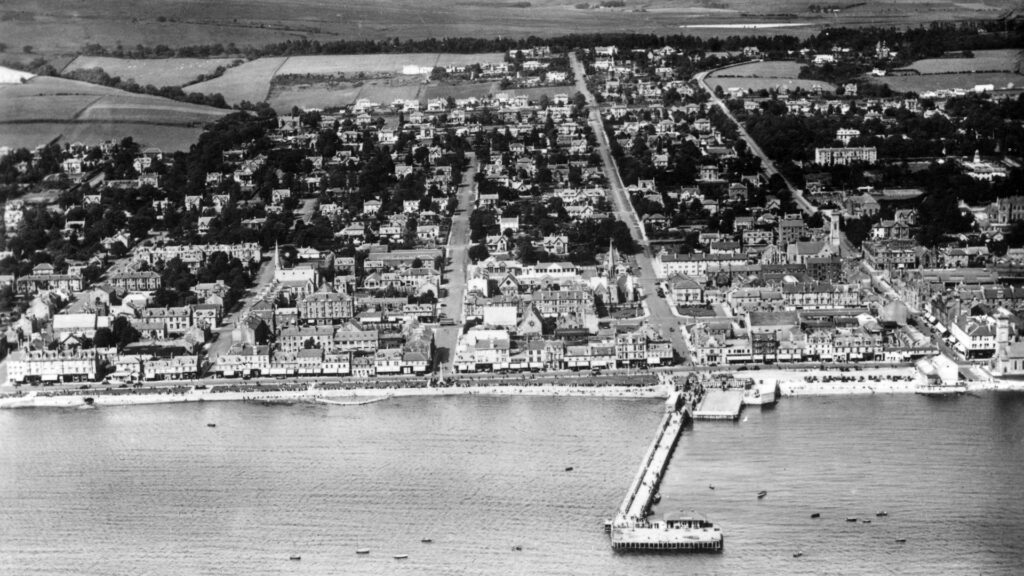2000s
In 2012 Strathclyde Passenger Transport awarded the Kilcreggan-Greenock ferry contract to a new company, Clydelink, who then discontinued the Helensburgh service.
Since October 2018 the pier has been closed to marine traffic, and major renovations are required before it could be re-opened for use.

Historic Significance
In 2019 the Pier was designated as a Category C listed structure by Historic Environment Scotland (HES). The listing notes:
Helensburgh Pier is a rare surviving example of a 19th century stone and timber ferry/steamer pier in the Clyde Estuary. It is also rare because it is largely intact and remains in use. These piers played a key role in the economic and social history of coastal communities in the west of Scotland in the 19th and 20th centuries which related directly to the development of Scotland’s tourism industry. It has some interest in the wider maritime heritage of the West Coast…
The pier was first built 1816 and was among the earliest stone and timber piers on the Clyde. Its early history is strongly associated with Henry Bell, who invented the first sea-going paddlesteamer, and the current Helensburgh Pier is likely to contain fabric from this time…
Part of a network of piers, it directly illustrates the story of early steam navigation, the inventions and entrepreneurship of Provost Henry Bell, the rise of tourism along the Clyde, and the socio-economic history of Helensburgh in the 19th century … The pier stands as the visual and historic maritime link between Helensburgh and Greenock, Gourock and also Dunoon, the other main towns on the tourism and industrial routes of the Clyde Estuary … The pier in its current form largely dates to the period after Bell introduced the paddlesteamer to the Clyde but his invention and association with Helensburgh pier is nationally significant. …
The south end of the pier is built in timber and its corners have a radial plan of structural timbers built to withstand the weather and tides in such an exposed position. This timber detail appears to be in contrast to the nearby paired timber piers at Craigendoran which, although built around the same time, were a much simpler and therefore weaker construction. The use of timber piling to form marine structures has a long history in Scotland and on the west coast in particular. Once commonplace, they are now a rare building type. The structural design of the pier was purposefully ‘over-engineered’ to withstand the severe storms along this particular stretch of coast and the high number of steamers and other vessels it served. This high quality of engineering design adds to its interest. The condition of this part of the pier has deteriorated and it has lost some of its fabric. The condition of a building, is not a factor unless it detracts significantly from the architectural or historic interest so that it can no longer be defined as special. In this case enough 19th century fabric survives that the quality of its design can still be seen.




